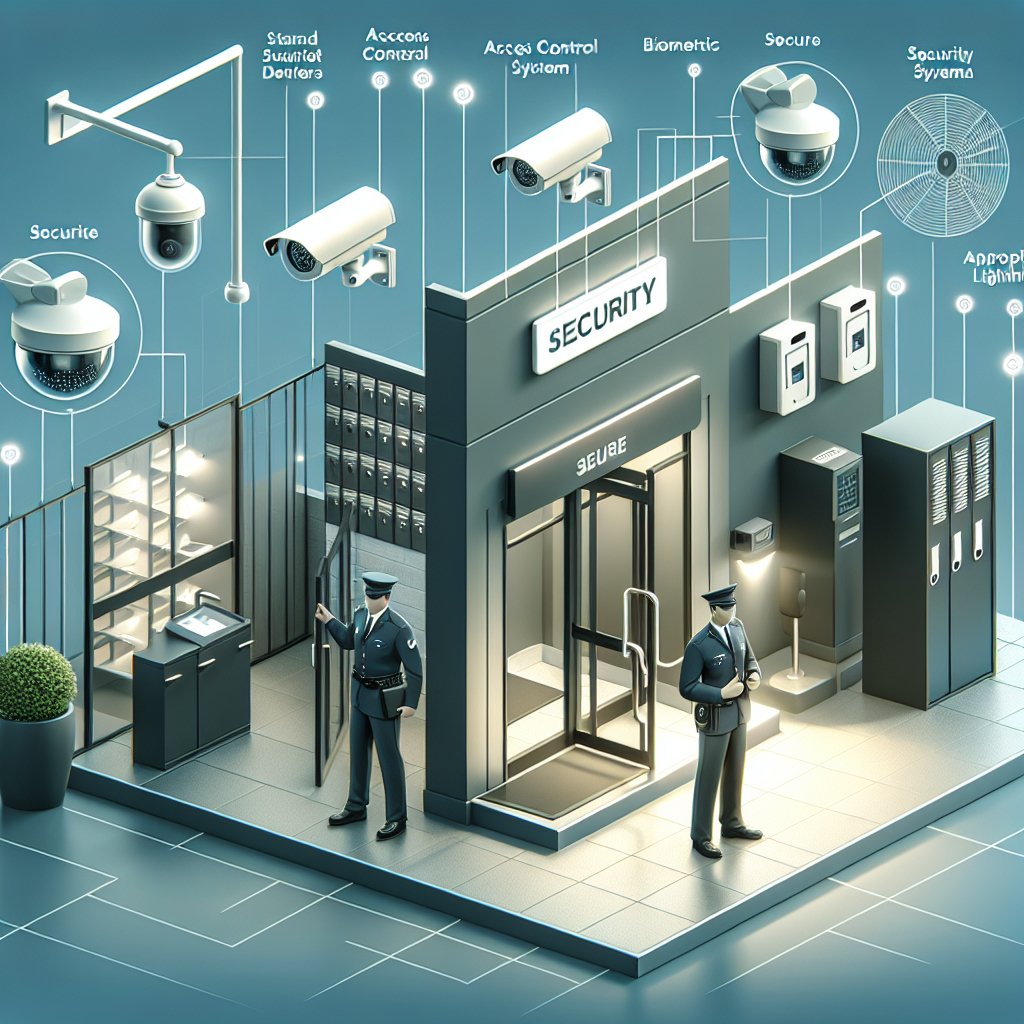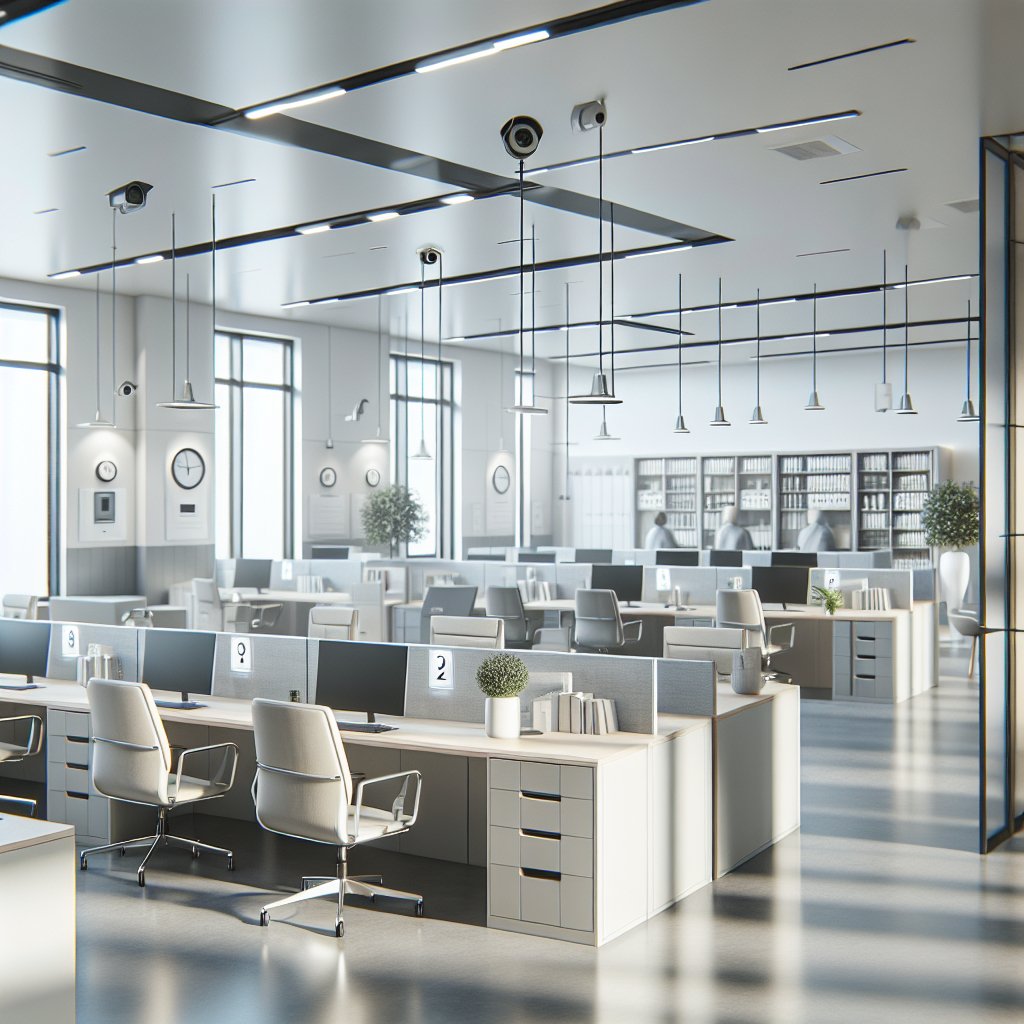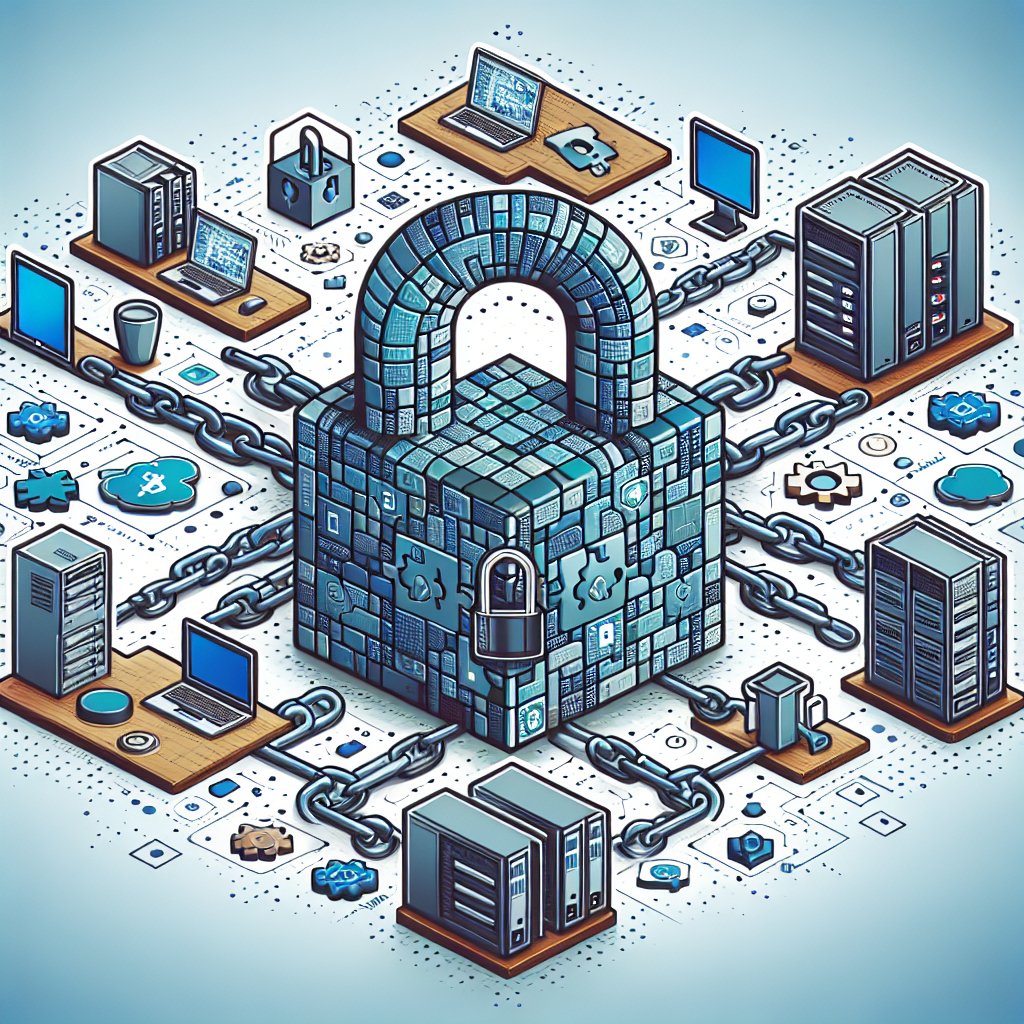Physical security measures are essential for safeguarding a business’s assets, employees, and sensitive information. In an era where threats to physical security are increasingly sophisticated, companies must adopt a comprehensive approach to protect their premises. This article explores the critical physical security measures that every business should implement to ensure a safe and secure environment.
Understanding Physical Security
Physical security encompasses a range of measures designed to protect a business’s physical assets from unauthorized access, damage, or theft. It involves the use of various tools, technologies, and strategies to create a secure environment. The primary goal of physical security is to deter potential threats and respond effectively to incidents when they occur.
Physical security is not just about locking doors and installing cameras; it requires a holistic approach that includes risk assessment, employee training, and the integration of technology. By understanding the various components of physical security, businesses can develop a robust security strategy tailored to their specific needs.
Risk Assessment
The first step in implementing effective physical security measures is conducting a thorough risk assessment. This process involves identifying potential vulnerabilities and threats to the business. A comprehensive risk assessment should consider factors such as:
- Location: Analyze the crime rate and security challenges in the area surrounding the business.
- Assets: Identify valuable assets, including equipment, inventory, and sensitive information.
- Access Points: Evaluate all entry and exit points, including doors, windows, and loading docks.
- Employee Behavior: Assess employee awareness and adherence to security protocols.
By understanding these factors, businesses can prioritize their security measures and allocate resources effectively.
Access Control Systems
Access control systems are a fundamental component of physical security. These systems regulate who can enter specific areas of a business and under what conditions. Implementing access control measures can significantly reduce the risk of unauthorized access. Key components of access control systems include:
- Key Cards and Badges: Issuing key cards or badges to employees allows for easy tracking of who enters and exits the premises.
- Biometric Systems: Fingerprint or facial recognition systems provide a higher level of security by ensuring that only authorized personnel can access sensitive areas.
- Visitor Management: Implementing a visitor management system helps track guests and ensure they are escorted while on the premises.
By utilizing access control systems, businesses can create a secure environment while maintaining convenience for employees and authorized visitors.
Surveillance and Monitoring
Surveillance and monitoring are critical components of physical security. The presence of security cameras can deter criminal activity and provide valuable evidence in the event of an incident. When implementing surveillance measures, businesses should consider the following:
Camera Placement
Strategically placing security cameras throughout the premises is essential for effective monitoring. Key areas to consider include:
- Entrances and Exits: Cameras should be positioned to capture clear images of individuals entering and leaving the building.
- Parking Lots: Monitoring parking areas can help deter theft and vandalism.
- High-Value Areas: Install cameras in areas where valuable assets are stored, such as warehouses or server rooms.
Remote Monitoring
Modern surveillance systems often include remote monitoring capabilities, allowing security personnel to view live feeds from anywhere. This feature enhances response times and enables businesses to monitor their premises outside of regular operating hours. Additionally, integrating surveillance systems with alarm systems can provide an added layer of security.
Physical Barriers and Perimeter Security
Establishing physical barriers is a crucial aspect of physical security. These barriers can deter unauthorized access and protect the business from external threats. Key measures include:
Fencing and Gates
Installing secure fencing around the perimeter of the property can help prevent unauthorized entry. Additionally, using gates with access control systems can further enhance security. Businesses should consider:
- Height and Material: Choose fencing that is difficult to climb or breach.
- Lighting: Ensure that the perimeter is well-lit to deter potential intruders.
Security Personnel
Employing security personnel can provide a visible deterrent to criminal activity. Security guards can monitor the premises, conduct regular patrols, and respond to incidents as they arise. When hiring security personnel, businesses should consider:
- Training: Ensure that security staff are trained in emergency response and conflict resolution.
- Visibility: Position security personnel in high-traffic areas to enhance their presence.
Employee Training and Awareness
Even the most advanced physical security measures can be compromised if employees are not adequately trained. Employee awareness and training are essential components of a comprehensive security strategy. Businesses should implement the following:
Security Protocols
Establishing clear security protocols helps employees understand their roles in maintaining a secure environment. Key protocols may include:
- Access Control: Educate employees on the importance of using access control systems and not sharing credentials.
- Incident Reporting: Train employees on how to report suspicious activity or security breaches promptly.
Regular Drills
Conducting regular security drills can help employees respond effectively in emergencies. These drills should cover various scenarios, including:
- Evacuation Procedures: Ensure employees know how to evacuate the premises safely in case of an emergency.
- Active Shooter Situations: Provide training on how to respond in the event of an active shooter incident.
Conclusion
Implementing effective physical security measures is crucial for protecting a business’s assets, employees, and sensitive information. By conducting thorough risk assessments, utilizing access control systems, enhancing surveillance and monitoring, establishing physical barriers, and training employees, businesses can create a secure environment that deters potential threats. As the landscape of security continues to evolve, staying informed about the latest trends and technologies will be essential for maintaining a robust physical security strategy.



